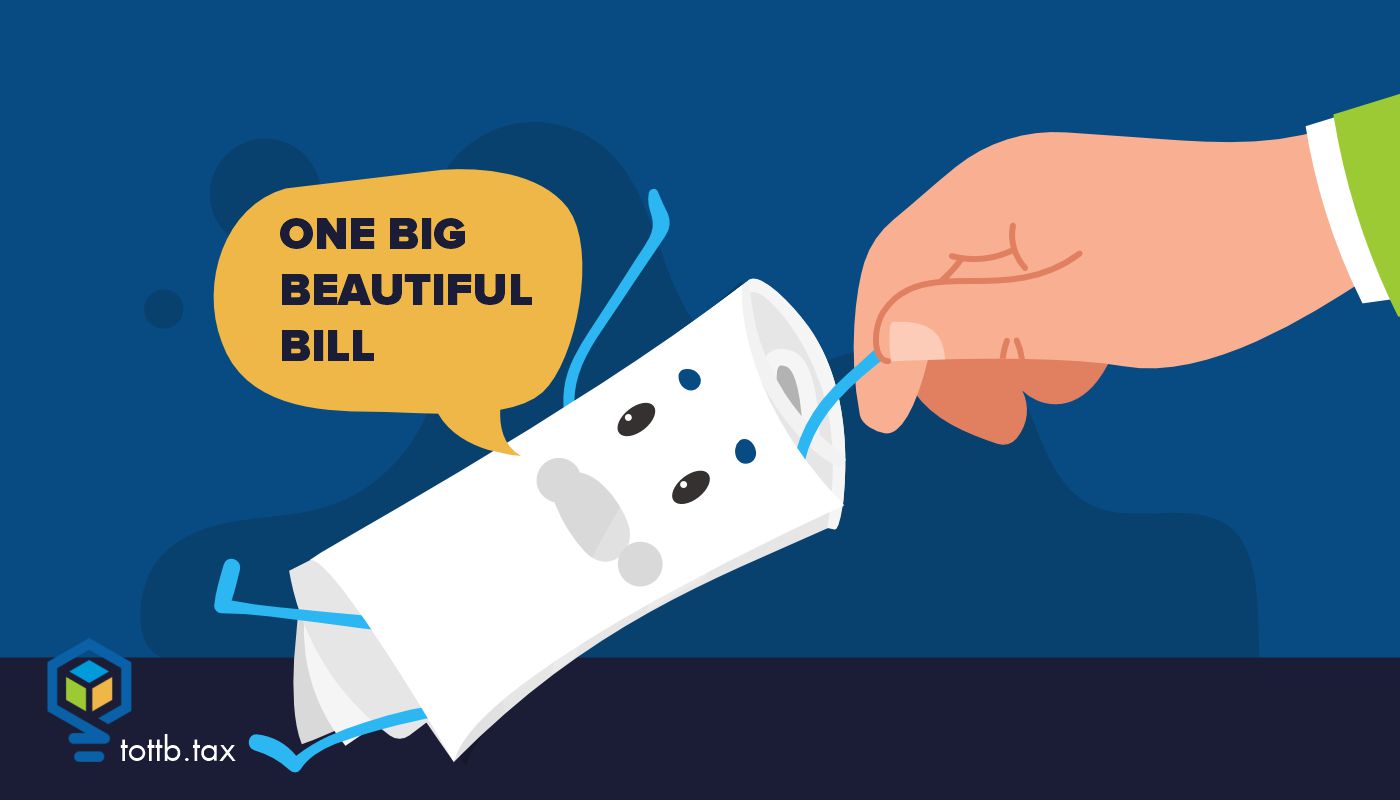Those of us who are parents of Gen Z children know it’s “no cap ” that we have no clue what our children get up to on the internet. My son, for example, makes a lot of YouTube videos of our cat for some reason. Thankfully, he hasn’t monetized his videos (yet!), so they don’t carry any tax consequences. However, many taxpayers are finding out that their dependents have spent their time in the metaverse, defi gaming, or nfts, and as a result have engaged in dozens to thousands of taxable transactions without even being aware it. Those transactions may also trigger the “Tax on a Child's Investment and Other Unearned Income,” also known as the “Kiddie Tax.” Read on to learn more...

OBBBA Rundown: Provisions Affecting Individuals for 2025
Enacted into law on July 4, 2025, the One Big Beautiful Bill Act is the biggest set of tax law changes since the 2017 Tax Cuts and Jobs Act (TCJA). The provisions discussed in this article impact individual taxpayers for tax year 2025 and must be considered immediately for proactive tax planning purposes, future tax withholding, and estimated tax payment calculations. Clients have questions, and we can generally give them the answers they seek; however, some will require future IRS guidance for complete clarity.





